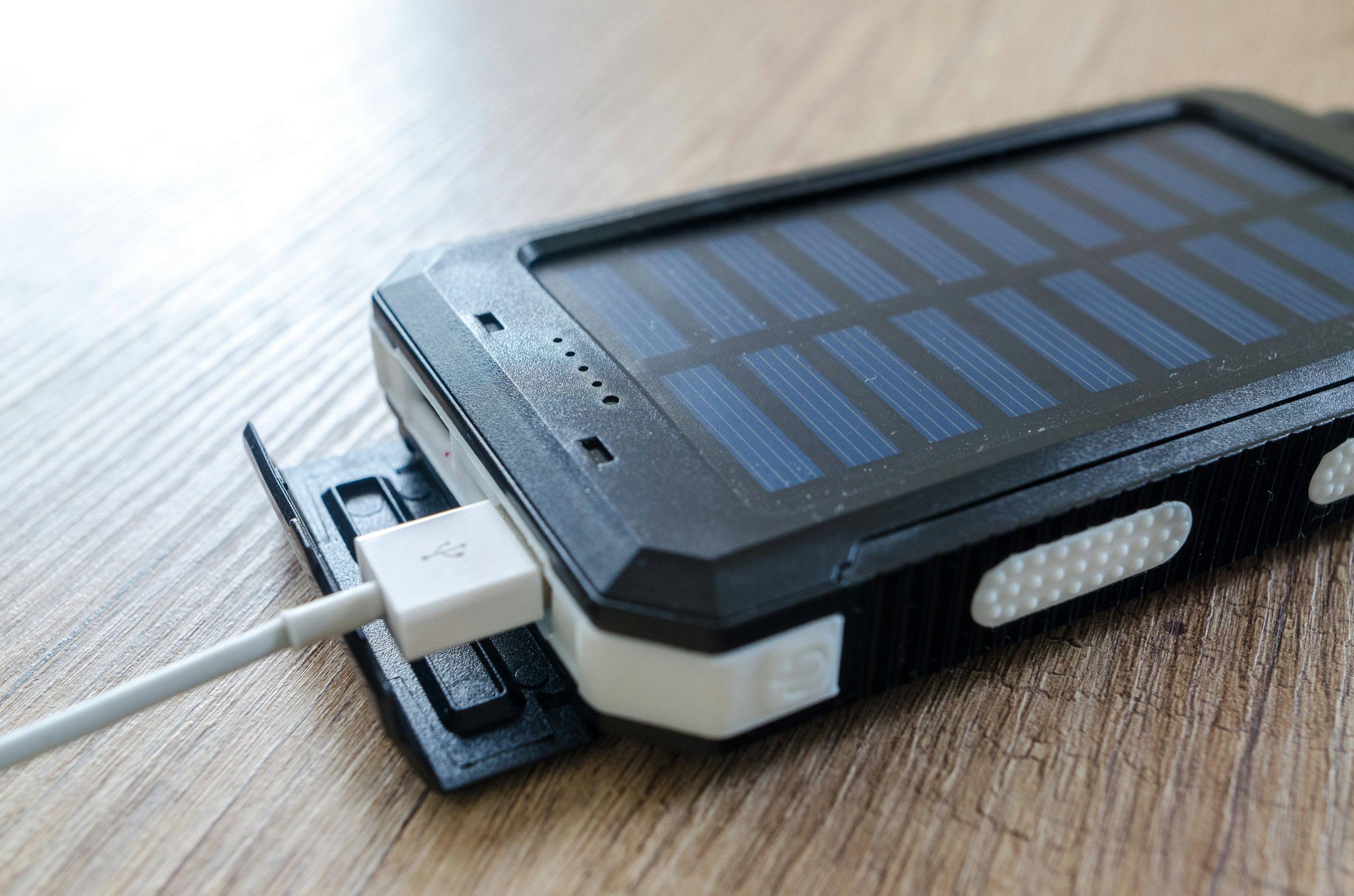The battle between Android and iOS continues to heat up with the latest releases—Android 15 and iOS 19. Both operating systems bring significant upgrades, new features, and refinements that aim to enhance user experience, security, and performance. Whether you’re a long-time Android enthusiast or a dedicated Apple user, understanding the key differences between these two OS giants can help you decide which one suits your needs better. In this detailed comparison, we’ll explore the innovations, strengths, and weaknesses of Android 15 and iOS 19 to determine which OS comes out on top.
User Interface and Design
Both Android 15 and iOS 19 introduce subtle yet impactful changes to their user interfaces, refining aesthetics and usability.
Android 15: Material You Evolved
Android 15 builds on Google’s Material You design language, offering even more customization options. Users can now fine-tune color schemes, icon shapes, and system-wide theming with greater precision. The new Dynamic Color Engine adapts UI elements based on wallpaper changes in real-time, creating a more cohesive look. Additionally, Android 15 introduces smoother animations and transitions, making navigation feel more fluid.
iOS 19: Refined Minimalism
Apple’s iOS 19 sticks to its minimalist roots but enhances clarity and functionality. The home screen widgets are now more interactive, allowing users to perform tasks without opening apps. A new Focus Mode expansion lets users create context-specific home screens, reducing distractions. iOS 19 also refines its typography and iconography, ensuring better readability and visual harmony across the system.
Performance and Optimization
Performance is a critical factor for any operating system, and both Android 15 and iOS 19 aim to deliver speed and efficiency.
Android 15: Smarter Resource Management
Android 15 introduces Project Mainline 2.0, which further modularizes the OS for seamless updates and optimizations. The new Adaptive Performance feature learns user habits to allocate system resources more efficiently, extending battery life. Multitasking is also smoother, with improved RAM management for faster app switching.
iOS 19: The Power of Apple Silicon
iOS 19 leverages Apple’s custom silicon to deliver unmatched performance. The new MetalFX upscaling technology enhances graphics in games and apps, while the Intelligent Task Scheduler optimizes CPU and GPU usage for better efficiency. Apple claims iOS 19 offers up to 20% faster app launches and smoother animations compared to its predecessor.
Privacy and Security
Privacy and security remain top priorities for both Google and Apple, with each OS introducing advanced protections.
Android 15: Enhanced Control and Transparency
Android 15 expands its Privacy Dashboard, giving users more granular control over app permissions. A new Secure Folder feature allows encrypted storage for sensitive files, and Google’s AI-based Threat Detection scans apps in real-time for malware. Additionally, Android 15 supports passkeys as a default login method, reducing reliance on passwords.
iOS 19: Next-Level Privacy Features
iOS 19 takes privacy further with App Privacy Reports 2.0, which now track data access across the entire system, not just apps. A new Lockdown Mode+ provides extreme protection against sophisticated cyberattacks, and iMessage Encryption now supports post-quantum cryptography. Apple’s Private Relay also gets upgraded for faster, more secure browsing.
AI and Smart Features
Artificial intelligence is at the heart of modern operating systems, and both Android 15 and iOS 19 integrate cutting-edge AI capabilities.
Android 15: Google’s AI-Powered Assistant
Android 15 integrates Gemini Nano, Google’s on-device AI model, enabling features like real-time transcription, smarter Google Assistant responses, and contextual app suggestions. The new AI Wallpaper Generator creates custom backgrounds based on user preferences, and Smart Reply now works across all messaging apps.
iOS 19: Siri Gets Smarter
iOS 19 introduces Siri 2.0, powered by Apple’s latest AI advancements. Siri now understands context better, supports natural conversation flows, and can perform multi-step tasks. The new AI Photo Editing tool allows users to enhance images with simple voice commands, and Proactive Suggestions are more accurate than ever.
Ecosystem and Compatibility
Both operating systems excel in integrating with their respective ecosystems, but their approaches differ.
Android 15: Open and Flexible
Android 15 maintains its open nature, supporting a wide range of devices from multiple manufacturers. The new Cross-Device Sync feature improves continuity between Android phones, tablets, and Chromebooks. Google also enhances Fast Pair, making it easier to connect accessories across devices.
iOS 19: Seamless Apple Integration
iOS 19 deepens integration with the Apple ecosystem. Universal Control now works with more devices, allowing seamless switching between iPhone, iPad, and Mac. The updated Continuity Camera lets users use their iPhone as a high-quality webcam for Mac, and AirDrop 2.0 offers faster, more reliable file transfers.
Conclusion
Choosing between Android 15 and iOS 19 ultimately depends on your preferences and ecosystem loyalty. Android 15 shines with its customization, AI innovations, and open flexibility, making it ideal for users who value personalization and cross-device compatibility. On the other hand, iOS 19 excels in privacy, performance, and seamless integration within the Apple ecosystem, catering to those who prioritize security and a unified experience. Both operating systems push the boundaries of mobile technology, but the “better” OS comes down to what matters most to you. Whether you lean toward Android’s adaptability or iOS’s refinement, one thing is certain—the competition between these two giants benefits us all.





Leave a Reply